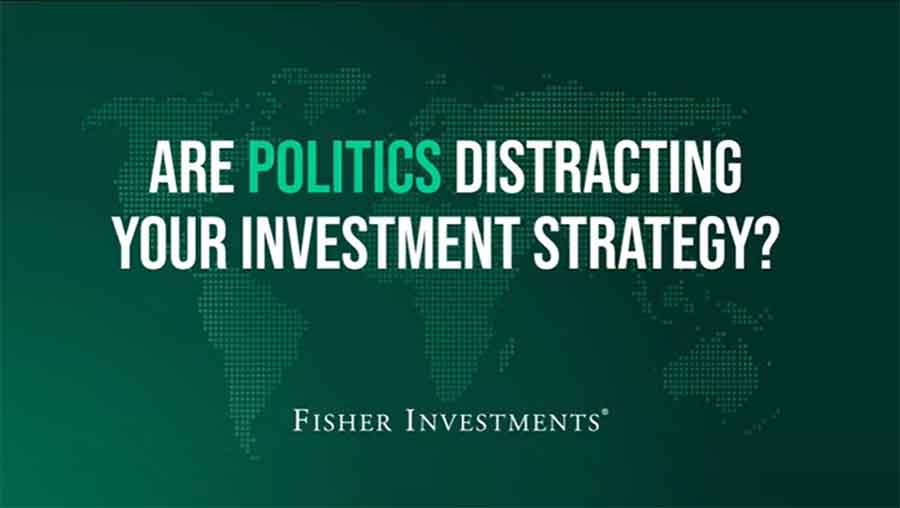Personal Wealth Management / Market Analysis
2022’s Difficult First Half Isn’t Destiny
Past performance doesn’t predict future returns.
Stocks had another tough day Thursday, officially closing out the past six months as the S&P 500’s worst start to the year since 1962.[i] That, and all of its associated pain and frustration, is the bad news. But there is a modest silver lining: Despite what you may have seen in the numerous pieces on this topic, that factoid means exactly nothing for returns over the next six months and beyond. Stocks aren’t serially correlated, and past performance doesn’t predict future returns.
To show you this, we crunched first- and second-half returns for every year from 1926 through 2021. That is a data set of 96 years—a pretty significant sample size. In this stretch, the correlation between first-half and second-half returns is -0.099.[ii] For those who are a little rusty on statistics, the correlation coefficient measures the relationship between two variables. It ranges from 1.0 to -1.0, with 1.0 signaling they move in the same direction always, 0 meaning no relationship, and -1.0 meaning they always move in opposite directions. So, the -0.099 (or if you prefer to round, -0.1) correlation between first- and second-half returns means they have a very, very slight tendency to move in opposite directions—but it is a relationship so slight that it is functionally meaningless.
Now, that figure includes the 51 years where the S&P 500 rose in both the first and second half—years that are less relevant to the situation today. It also includes the 13 years when the S&P 500 rose in the first half and fell in the second. So let us zoom in on the remaining 32 years when stocks fell in the first half. The second half was positive 17 times and negative 15. That makes the probability of a positive second half roughly a coin flip (maybe a little better).
So no, it doesn’t mean the second half is automatically positive—but it also doesn’t mean returns will automatically stay bad. It means stocks will do what they do—look forward, pricing in expected conditions over the next 3 – 30 months, and not backward at the last 6. So the question is: Is there a high likelihood that things go much worse over that stretch than the expectations that stocks have already priced in? Given the abundant forecasts for recession—and hyper focus on all the overlapping potential contributors, including inflation, energy prices, rate hikes and all the rest—we think it is fair to assume stocks have been pricing in some measure of recession risk. A mild recession probably wouldn’t pack much (if any) negative surprise potential at this point, and avoiding recession would be a pleasant surprise for many. In our view, that tilts the balance favorably.
That is a mid-to-longer term outlook, we should note. We aren’t predicting when stocks will turn around. We don’t think it is possible to do so. Inflection points are only ever clear in hindsight, and having the humility to acknowledge and account for this is key to making beneficial longer-term decisions. But we do think that over the foreseeable future, when all is said than done, stocks are likely to finish significantly higher than they are now—and if you are investing for long-term growth, this, rather than the near-term moves, is what matters most. Capturing that upside after enduring this negativity is vital to investors who need equity-like growth over the longer run to finance their goals and needs.
If you would like to contact the editors responsible for this article, please message MarketMinder directly.
*The content contained in this article represents only the opinions and viewpoints of the Fisher Investments editorial staff.
Get a weekly roundup of our market insights
Sign up for our weekly e-mail newsletter.

See Our Investment Guides
The world of investing can seem like a giant maze. Fisher Investments has developed several informational and educational guides tackling a variety of investing topics.





